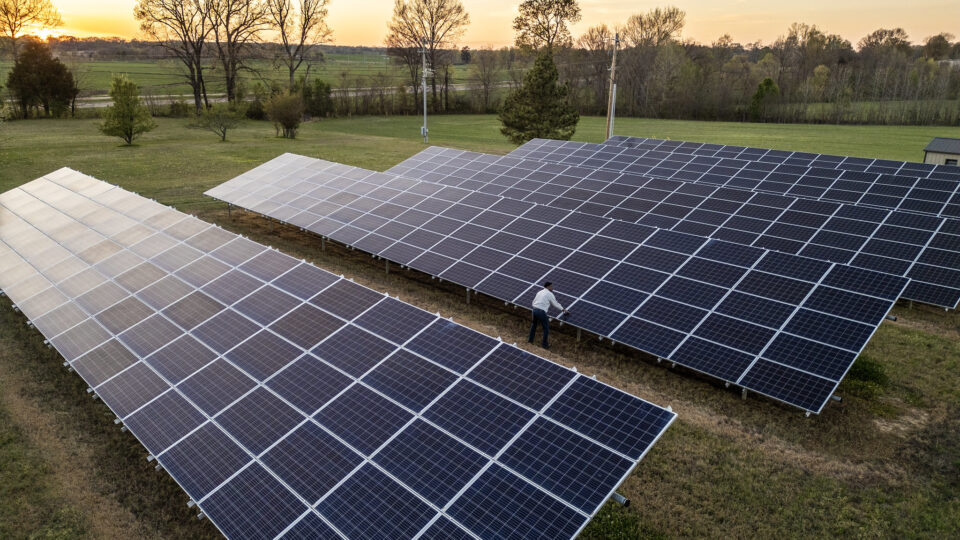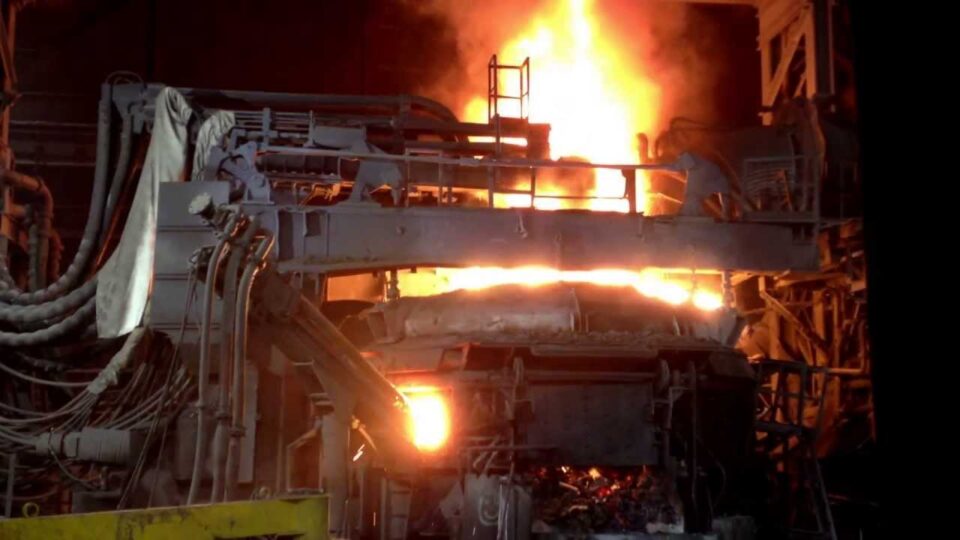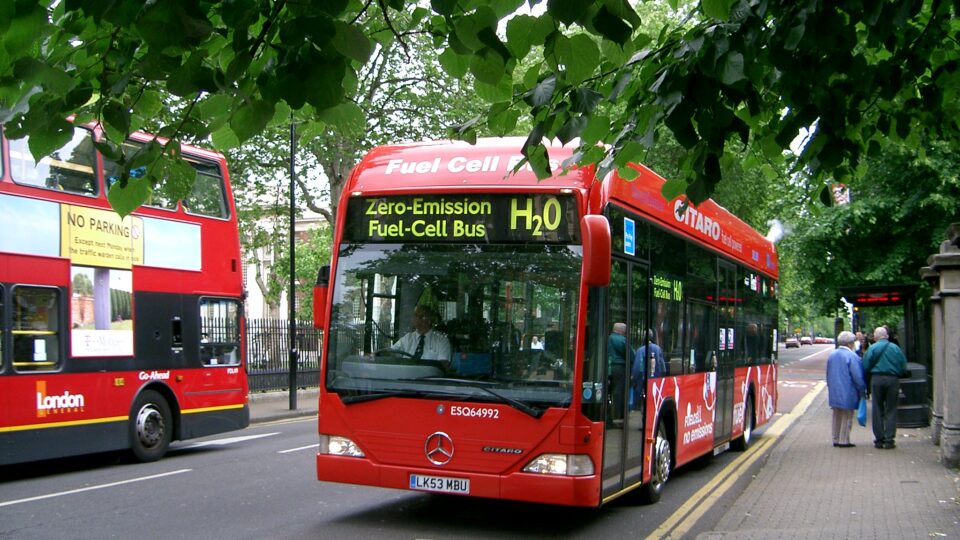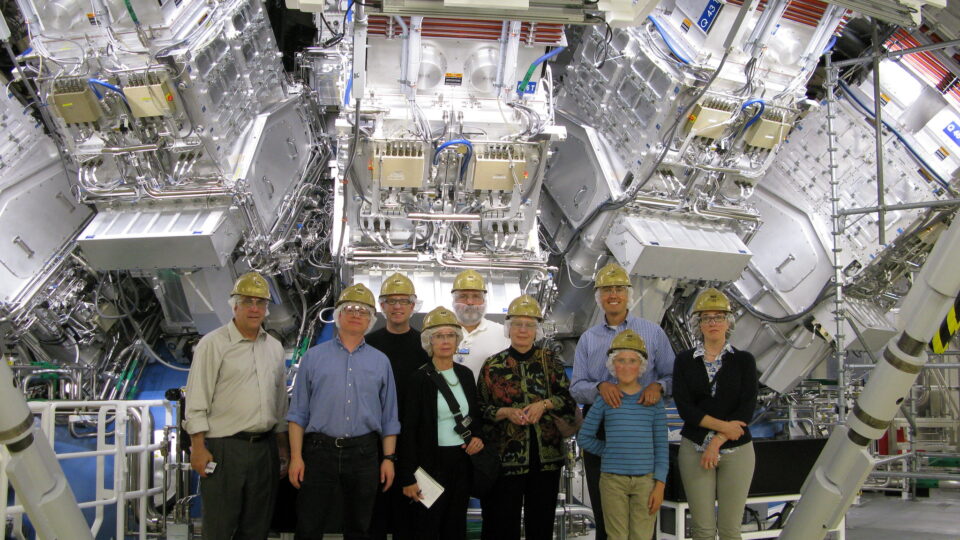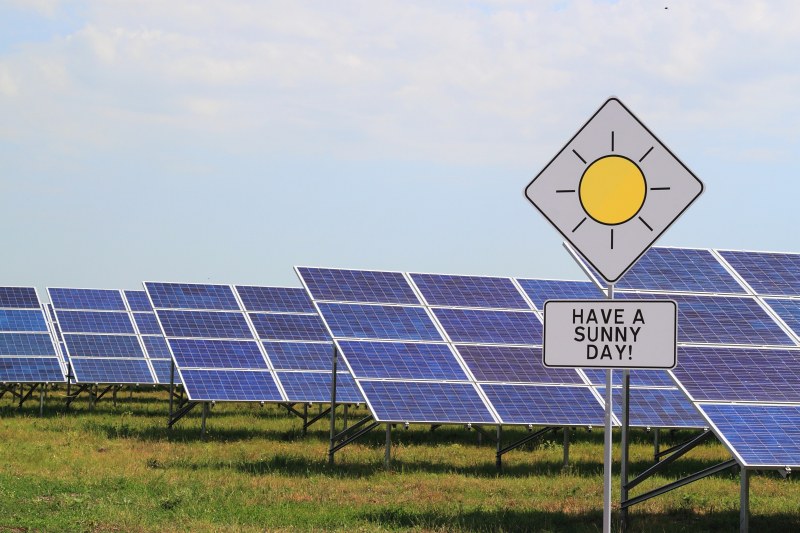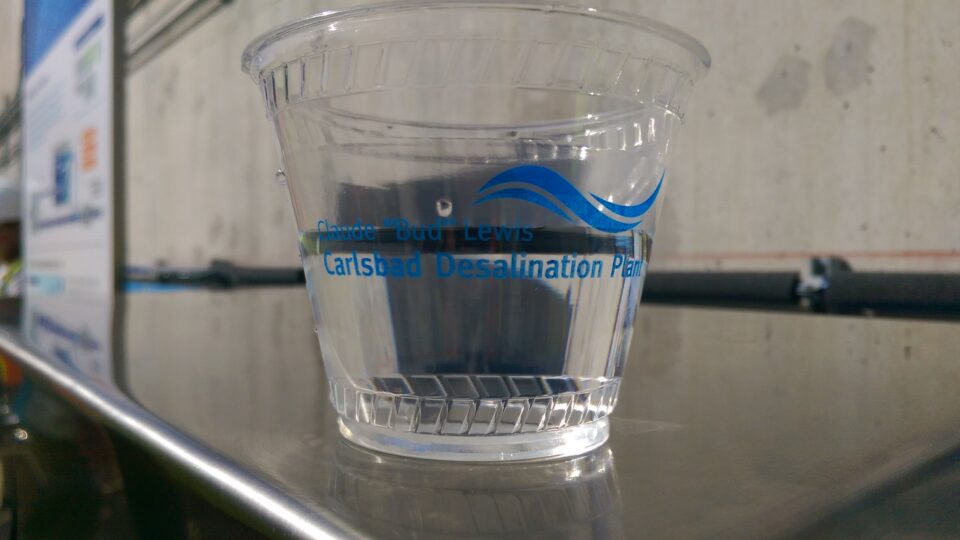Officials at the federal Bureau of Land Management announced late in August that they had finalized a plan to add Oregon, Idaho, Montana, Washington, and Wyoming to the Western Solar Plan, which started during the Obama era. The plan, created in 2012, provides permitting for solar projects on federal land. The original plan included Arizona, California, Colorado, Nevada, New Mexico, and Utah.
The Western Solar Plan is a major expansion for clean energy production in the Bureau of Land Management’s land leasing portfolio. For decades, the BLM has leased tens of millions of acres of federal land to fossil fuel companies for oil, coal, and natural gas exploration and production.
The new addition includes 1.1 million acres of land in Oregon, an area larger than the entire state of Rhode Island. The land selected is deemed to be of low risk for any adverse environmental effects from solar installation, and the plots of land are all within 15 miles of existing or planned electrical transmission lines. A little over 50% of Oregon’s land is owned by the federal government and is managed primarily by the Bureau of Land Management and the U.S. Forest Service.
The publication of the finalized plan at the end of August initiated a 30-day period for any participants in the initial planning to voice objections. The governors of the 5 new states are reviewing the plan. Final approval and adoption are expected later this year.
Western states need to expand solar and other clean energy production to meet their climate goals and federal lands will have to play an important role.
**********
Web Links
Plan would make 1 million acres of federal land in Oregon available for solar energy projects
Photo, posted May 20, 2024, courtesy of the U.S. Department of Agriculture via Flickr.
Earth Wise is a production of WAMC Northeast Public Radio
